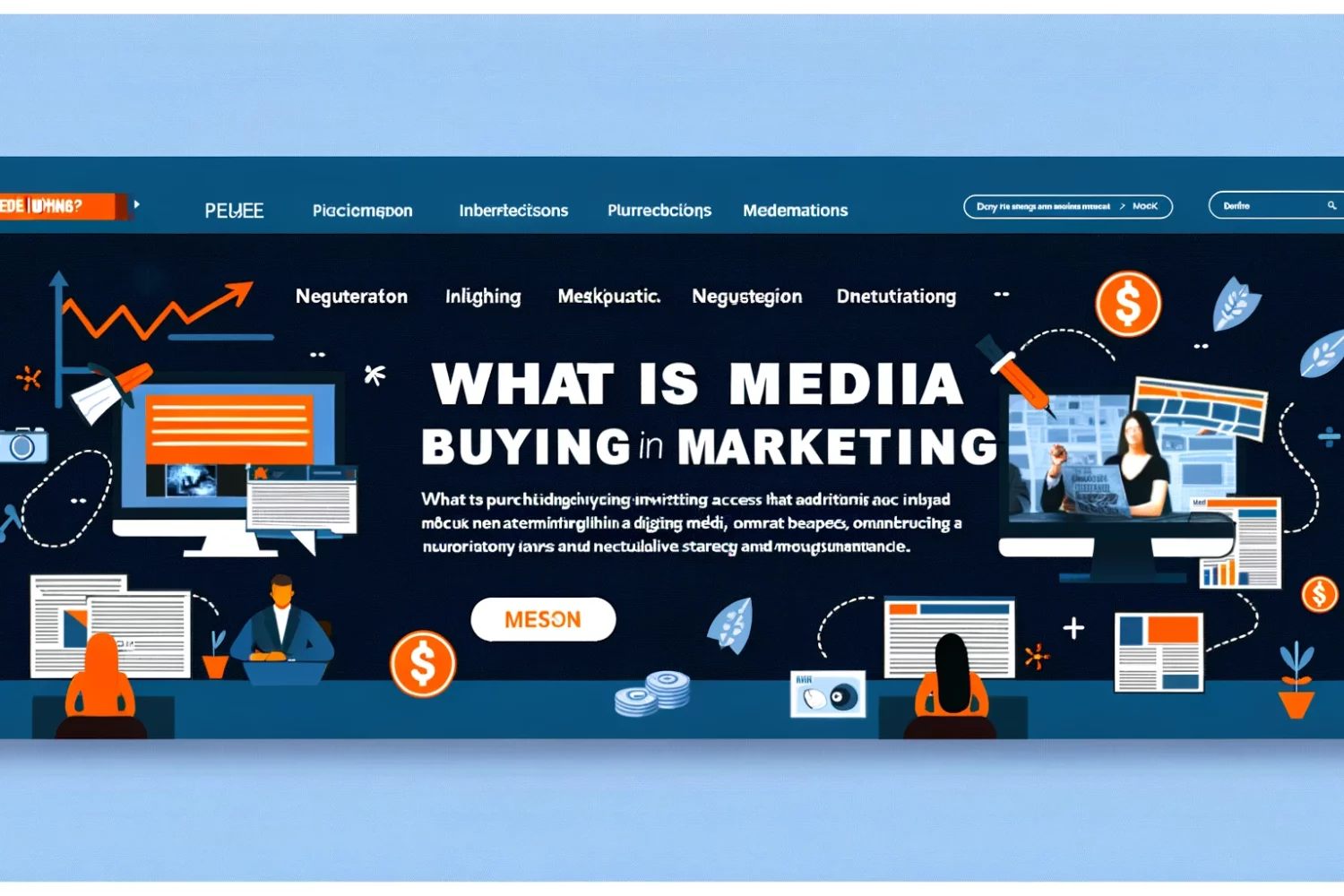Media buying plays a crucial role in marketing strategies, enabling businesses to strategically purchase ad space to reach their target audience effectively. Understanding what is media buying in marketing is essential for optimizing advertising campaigns and maximizing visibility in the digital landscape.
what is media buying in marketing?
Media buying involves the strategic process of purchasing ad space or inventory from publishers or ad networks to display ads to a specific target audience across various digital channels. It is akin to selecting prime real estate for digital billboards, ensuring that brand messages are prominently showcased where the target audience frequents online.
Why is Media Buying Important?
Media buying is vital for business growth in the dynamic realm of digital marketing. It allows companies to showcase their brand messages where their target audience is most likely to engage, whether on popular websites, search engine results, or social media platforms. This strategic approach not only enhances brand visibility but also facilitates targeted reach and measurable campaign optimization.
The Difference Between Media Buying and Media Planning
While media buying focuses on purchasing ad space to maximize impressions from the right audience at the lowest cost, media planning involves creating the strategic framework behind the campaign. Media planning determines the most effective media channels to reach a specific audience, setting the stage for successful media buying execution.
The Media Buying Process
The media buying process involves strategic wholesale multi-platform ad space purchases, negotiations, and arrangements to optimize advertising campaigns. It includes several key steps:
- Review Media Plan: Begin by reviewing the media plan, considering target audiences, marketing goals, budget, key performance indicators (KPIs), and the desired media mix.
- Develop Target List: Create a list of media outlets, ad agencies, and vendors under consideration, including both direct and programmatic placements.
- Develop and Send RFPs: Send out requests for proposals (RFPs) to simplify the ad-buying process, detailing campaign goals, target audiences, budget, KPIs, and deadlines.
- Evaluate Options and Purchase Media: Gather and review RFP responses, organize data points, compare options, and select cost-effective ad placements aligned with the media plan.
- Send Insertion Orders: Create and send insertion orders (IO) to finalize legal agreements with ad vendors, specifying costs, run dates, ad specifications, and KPI information.
- Develop Creative: Coordinate with account managers and creative teams to develop creative assets and place ads with vendors.
- Track Results: Monitor and analyze campaign performance, optimizing strategies based on collected data for future decisions.
Four Factors to Consider When Buying Media
Four key factors to consider when buying media include:
- Audience Targeting: Understanding the target audience is crucial for selecting the right media channels to reach them effectively.
- Budget Allocation: Efficient budget management is essential to optimize ad spend and maximize return on investment (ROI).
- Ad Placement: Strategic placement of ads on relevant platforms enhances visibility and engagement with the target audience.
- Performance Monitoring: Tracking campaign performance metrics allows for real-time optimization and adjustments to enhance campaign effectiveness.
Challenges of Media Buying
- Budget Constraints: Setting and adhering to a realistic budget is crucial to optimize resources and prioritize channels with the best return on investment.
- Audience Fragmentation: Reaching and engaging a fragmented and competitive audience requires understanding their behavior, preferences, and needs to select the right mix of media channels and create compelling content.
- Media Quality and Transparency: Ensuring the quality and transparency of media sources and partners is essential to avoid fraud, low-quality traffic, and inaccuracies in metrics and reports.
read more about: best platforms to advertise your business
How Digital Media Buying Works
- Digital media buying involves the strategic process of purchasing digital advertising space or inventory from publishers or ad networks to display ads to a specific target audience online through various digital channels like search engines, social media platforms, streaming video providers, and websites. This strategic approach aims to maximize the visibility of ads by carefully selecting prime digital real estate where the target audience frequents, ensuring the brand message reaches the right eyes at the right time. It’s not just about spending money but investing wisely to achieve optimal results in the digital landscape.
- In digital media buying, there are two primary methods: direct and programmatic. Direct media buying involves direct contact between the ad seller and the advertising space provider, where the company or its agent purchases ad space directly from a website that offers it. The payment is typically based on the number of impressions an ad receives, with the advertiser paying for every 1000 impressions (CPM). This method allows for a more personalized and direct approach to purchasing ad space.
- On the other hand, programmatic media buying involves automated technology that facilitates the buying and selling of ad space in real-time through an auction-based system. This method uses data and algorithms to target specific audiences and optimize ad placements efficiently. Programmatic media buying streamlines the process, making it more data-driven and precise in reaching the intended audience effectively.
Media Buying Tips
- Data-Driven Decisions: Utilize performance data to optimize campaign results.
- Cost-Effective Strategies: Focus on maximizing ROI through efficient budget allocation.
- Targeted Reach: Tailor ad placements to reach the right audience at the right time for enhanced engagement.
Best Digital Media Buying Platforms
Digital media buying platforms like Google Ads, Facebook Ads, and Amazon Advertising offer robust tools for targeting specific audiences and optimizing ad performance. Leveraging these platforms can enhance campaign effectiveness and drive results.
Types of Media Buying
Types of Media Buying involve various strategies for purchasing ad space across different platforms to reach target audiences effectively. The types include traditional channels like TV, print, radio, and Out of Home (OOH) ads, as well as digital channels such as display ads, mobile ads, paid search, social media ads, video ads, and Digital Out of Home (DOOH) ads. Each type offers unique opportunities for targeted campaigns, allowing businesses to engage with their audiences strategically and maximize the visibility of their brands.
Media Buying Stages
The media buying process typically involves stages such as audience research, ad placement negotiation, campaign execution, and performance monitoring. Each stage plays a crucial role in optimizing ad placements and maximizing campaign effectiveness.
Media Buying Services
Media buying services provided by digital marketing agencies offer expertise in negotiating ad placements, managing budgets, and optimizing campaigns for maximum impact. Partnering with a reputable digital marketing agency can streamline the media buying process and drive successful advertising campaigns.
FAQ
- What is the role of a media buyer in digital marketing?
- A media buyer in digital marketing is responsible for negotiating ad placements, managing budgets, and optimizing campaigns to reach the target audience effectively.
Takeaways
Understanding what is media buying in marketing entails is essential for businesses looking to enhance their advertising strategies. Leveraging media buying services from digital marketing agencies can streamline the process and drive successful campaign outcomes. By focusing on audience targeting, budget optimization, and strategic ad placements, businesses can maximize their visibility and engagement in the digital landscape.

